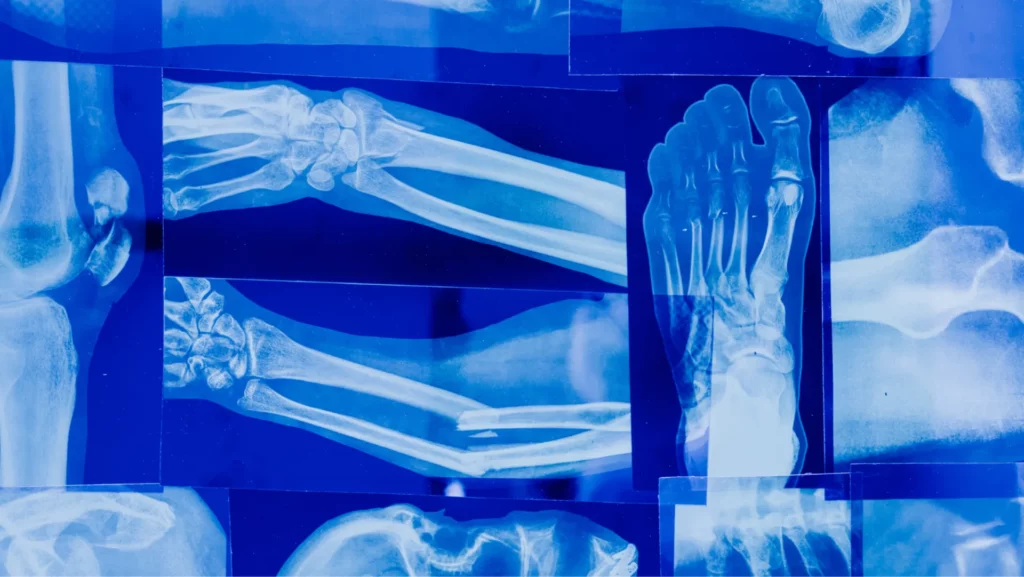Osteoporosis is a condition we sometimes get asked about by our patients. Read on for an overview of what it is, how it can affect you, and more importantly, what you can do to prevent it.
What is osteoporosis?
It is a disease that can affect those aged 50 years and over. It causes the bones to become weak and fragile. This increased fragility means those with osteoporosis can break their bones much more easily. In fact, osteoporotic fractures can happen as a result of a minor fall, a bump, or even a sneeze or sudden movement. What’s more, these fractures can in some cases be quite life-altering, causing pain, disability and loss of independence, particularly in the elderly.
How do I know if I have it?
Many people don’t actually know they have osteoporosis until they suffer a fracture. This is because the disease has no obvious symptoms. There are certain risk factors for osteoporosis though. These include:
- age – over 60 for women and over 70 for men
- being underweight
- parental history of hip fracture
- drinking too much alcohol
- smoking
In addition, some medical conditions and some medications can also lead to an increased risk of osteoporosis.
How to prevent it
The good news is that you can help prevent osteoporosis by making simple lifestyle changes that will promote strong, healthy bones. See below for details:
1. Nutrition – make sure you eat lots of bone-healthy foods when it comes to your diet. Focus on including sufficient levels of calcium and protein, as well as vitamins and nutrients such as D, K, Zinc and Magnesium to optimise bone health. For a wide range of bone-healthy recipes from the International Osteoporosis Foundation, click here. And don’t forget that you can get Vitamin D from the sun too. Aim for 10 to 20 minutes of sun exposure every day on your face, hands and arms. To find out why Vitamin D is important for bone health and more, click here.
2. Exercise regularly – help strengthen your bones and muscles by exercising for 30 to 40 minutes, 3 to 4 times per week. Focus on doing weight-bearing and muscle-strengthening activities as well as balance-training exercise to help prevent unnecessary falls. Check out the NHS physical activity guidelines for adults aged 19 to 64 and for older adults for age appropriate guidance as well as suggestions for strength and balance exercises.
3. Maintain a healthy body weight – as being underweight is a risk factor for osteoporosis.
4. Stop smoking and reduce drinking – smoking almost doubles the risk of a hip fracture so the advice is to cut out smoking to prevent osteoporosis. When it comes to alcohol, avoid excessive alcohol intake as drinking more than 2 units of alcohol per day increases the risk of fracture.
5. Check for risk factors – as you get older it’s important to be aware of personal risk factors (see above). If you have any concerns or are unsure if you are at risk, taking this online osteoporosis risk check is a good place to start. You can also discuss any concerns with your doctor and ask for testing and treatment if necessary.
It is also worth noting that while chiropractors and osteopaths can’t treat osteoporosis, it is safe to have chiropractic and osteopathic treatment if you have osteoporosis.
